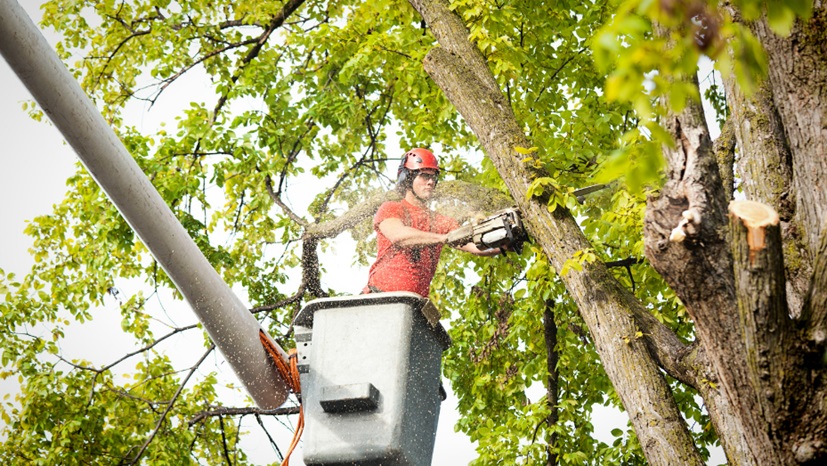Over the past several years, horizontal directional drilling or HDD has become an increasingly popular construction technique. It is used to install underground utilities that would otherwise be very difficult or expensive to install using traditional open-cut methods.
There are a variety of reasons why HDD may be preferred over other installation techniques, including but not limited to avoiding excessive disturbance to the surface, avoiding excavation in areas containing archaeological artefacts, and minimizing service disruptions.
When using the horizontal drilling method, appropriate precautions must be taken to prevent damage to underground utilities. This should go without saying. However, there have been several instances where this did not happen and resulted in significant damage and service disruption.
The following guidelines will help reduce the potential for damage during HDD operations.
Steering Clear Of Utilities
Pre-drilling is the most effective method for avoiding utility damage, but it’s not always possible. If a pre-hole cannot be drilled, the next best thing to do is slow down and use extra care when crossing or sharing that area with another tunnelling operation. This allows for greater control of the HDD machine and can help avoid a variety of conflicts.
If a direct crossing is necessary, it must be done carefully. Placing a drive shoe as far away from the utility as possible will help reduce the potential for damage. This may mean going deeper underground or adjusting the angle of the HDD machine. If a drive shoe does contact the utility, the operator should immediately slow or stop the machine and back it away from the obstacle.
Preparation At The Site
Before any excavation starts, the engineer or project manager should carefully survey an area to determine if there are existing underground utilities in the vicinity where the horizontal drilling operation will take place. This reduces the risk of damage, and it also allows for accurate reporting should any problems occur.
In addition to this advance planning, all utilities in the area of an HDD operation should be clearly marked with easily visible paint or flags before any excavation begins. This helps to prevent a situation where one utility company believes a particular underground utility belongs to it while another company believes otherwise.
Unfortunately, some utilities cannot be marked for various reasons. This includes older installations that no longer exist or underground lines that do not belong to any utility company. Therefore, the engineer may need to use other techniques to determine the presence of these unmarked utilities.
Companies can use two different types of GPR scanners to identify the presence of utilities. In addition, a company could send a camera down an existing borehole or other openings to inspect for hazards.
Inspecting A Borehole After Installation
After HDD installation is complete, it is mandatory to inspect the area both above and below ground to determine whether any damage occurred. If the operator installed the borehole accurately, there should not be any problems.
But if a drive shoe contacted an underground utility while creating the borehole and damaged it in some way, this could lead to future issues such as leaks or disruptions of electrical service. A trenchless professional should inspect the area closely for anything out of place and ensure everything is in working order.
If damage does occur, the HDD company should notify the appropriate local authorities immediately. A professional will also need to make sure that all utility companies are informed about the situation to work together to repair any problems.





